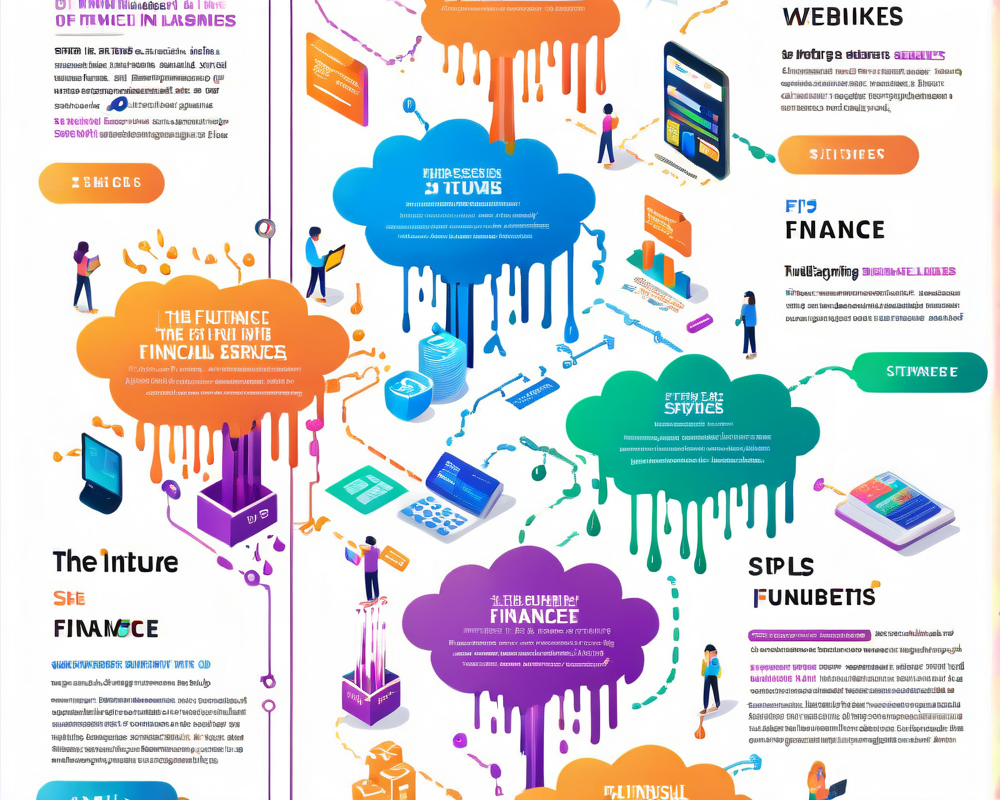Web3 and the Financial Renaissance
The Federal Reserve Bank of Atlanta caught the crypto world’s attention recently with a publication diving into the nexus of Web3 and traditional finance. Penned by Christine Parlour, a professor from UC Berkeley, this 17-page paper seeks to unpack the potential of Web3 for financial services, and wow, it’s a mouthful! It’s like the Swiss Army knife of economic theories—full of insights and complexities.
Understanding Blockchains
The paper starts by laying the groundwork on blockchains. Essentially, it likens data storage to organizing a filing cabinet—only instead of sticky notes and manila folders, we have wallets and addresses. A simple analogy, right? But beneath that simplicity lies a web of intricacies that keep financial professionals tossing and turning at night. Decentralized finance, also known as DeFi, takes center stage in the ensuing discussion.
Decentralized Finance: A Double-Edged Sword
Parlour takes a critical look at decentralized autonomous organizations (DAOs), pointing out that they lack a clear legal structure for regulatory purposes. It’s a bit like playing a game of Monopoly where no one can agree on the rules. One quote that stands out describes the risk of interconnectedness among protocols, making systemic risk a regulatory nightmare.
- No Legal Entity: DAOs operate freely without a defined legal body.
- Systemic Risk: The interconnectedness of DeFi creates challenges in regulation.
The Speed and Cost Benefits of Web3
According to Parlour, Web3 financial infrastructure provides significant gains in transaction speed and cost-effectiveness compared to traditional banking systems. Think of it as replacing a sloth’s pace with that of a cheetah—swift and efficient! Improved financing trade means lower costs along the supply chain, benefiting everyone from the manufacturer to the consumer. Just remember to keep those wallets safe; no one wants to lose a fortune due to a misplaced key!
Central Bank Digital Currency (CBDC) Insights
The paper also broaches the subject of CBDCs, with references to Project Mariana, which aims to implement DeFi for foreign exchange. Ripple and Stellar get a nod here, particularly with the XRP token being highlighted as a potential international payment medium. However, don’t get too excited—there’s no confirmation from the Federal Reserve about adopting XRP. It’s like waiting for your favorite band to announce a reunion tour—hopeful but uncertain.
Regulatory Tangles and Tokenized Deposits
Adding fuel to the fire, Ripple’s ongoing tussle with the SEC over XRP’s classification as a security offers a cautionary tale for investors and developers alike. It shines a glaring spotlight on how regulations can make or break crypto ventures. Parlour also introduces the innovation of tokenized bank deposits, described as a “third way” between traditional finance and DeFi, providing an intriguing middle ground in an otherwise polarized financial landscape.
The Bottom Line
The Atlanta Fed’s exploration of Web3 and finance brings more questions than answers but opens a vital dialogue about the future of banking. With a blend of humor and seriousness, Parlour’s paper offers insights that compel one to consider how Web3—and all its complexities—might shape our financial future. It’s like peering into a crystal ball, with some clarity mixed with a healthy dose of fog, but nonetheless, an exciting glimpse into what lies ahead.




